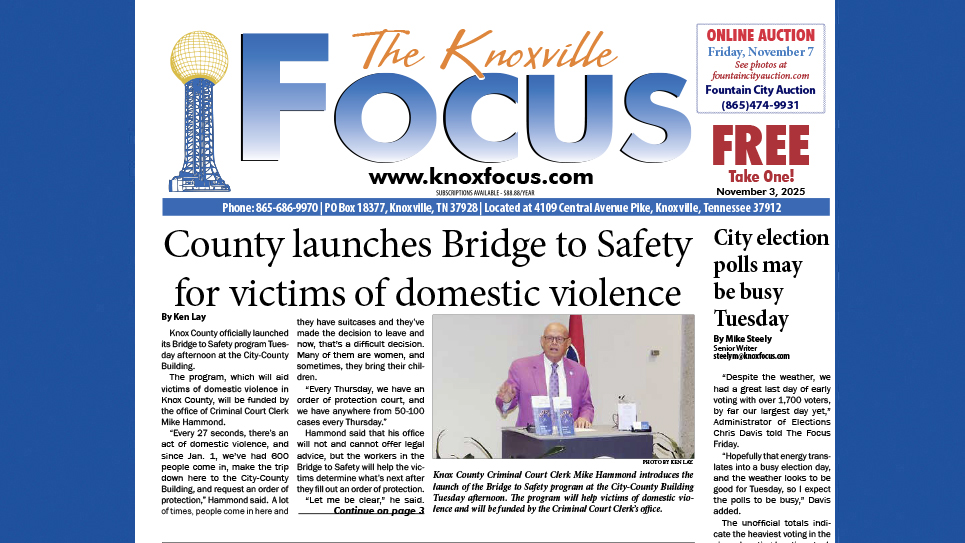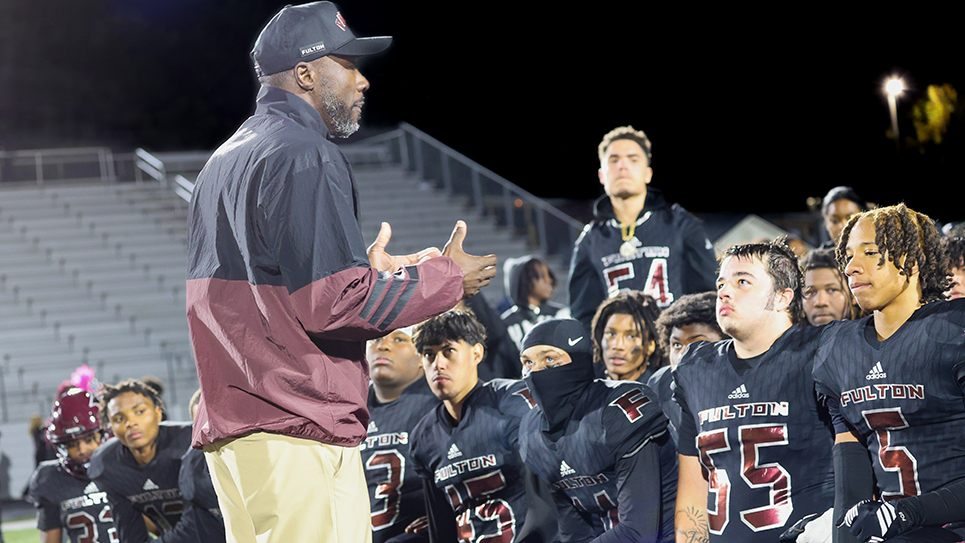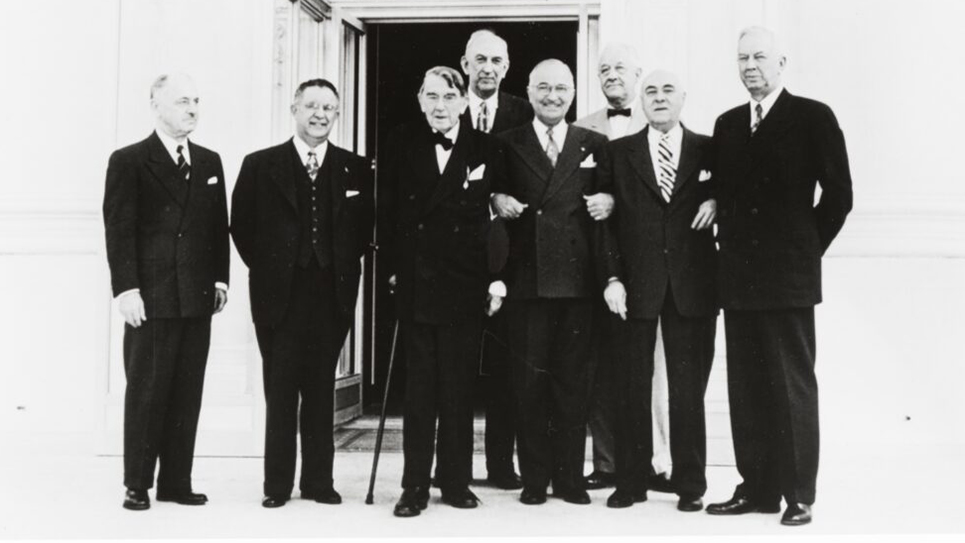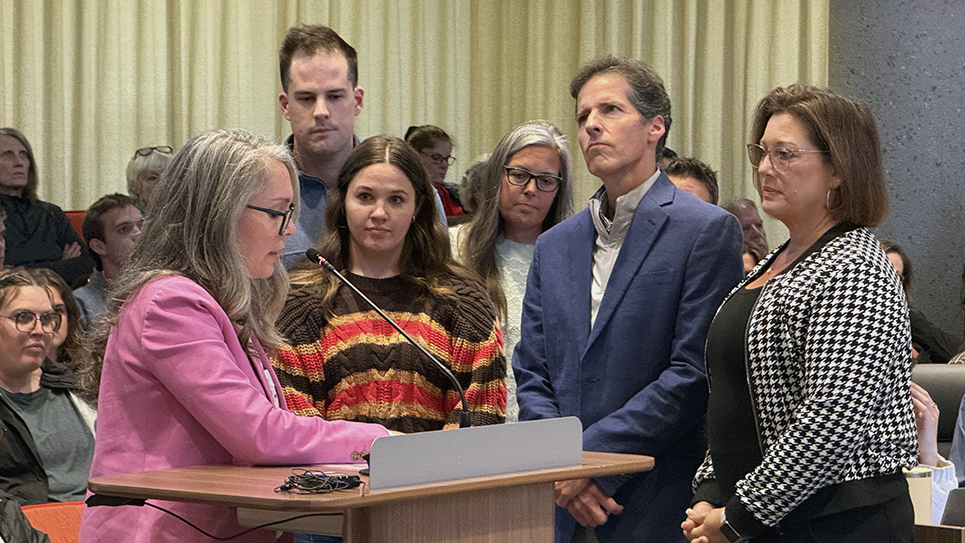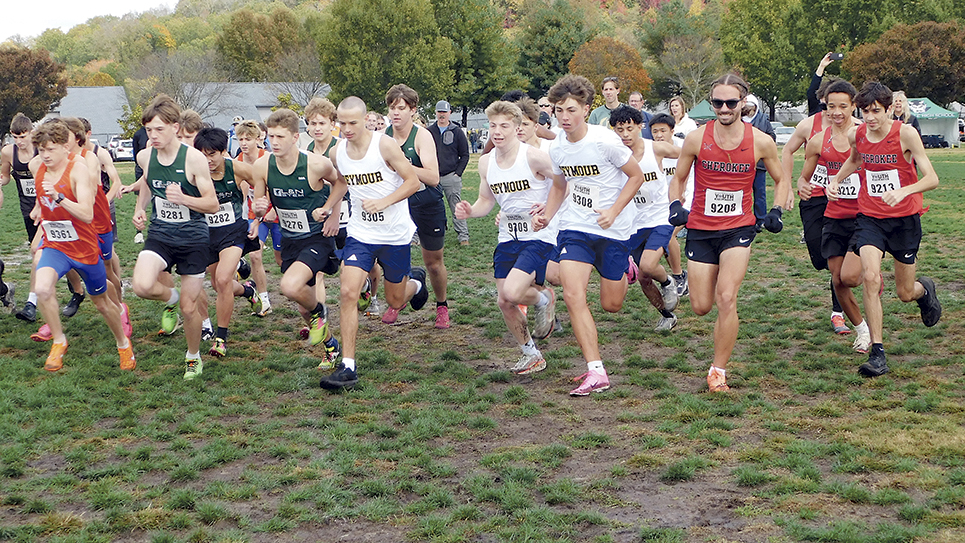Kasey Krouse isn’t joking when he encourages Knoxville residents to email a greeting, or pose a question, to their favorite trees.
Krouse, the City of Knoxville’s Urban Forester, started out creating a digital map as a necessary tool for his crews to use in properly managing trees as a public resource. Work histories on trees are tracked, and vital information that’s gathered is used in scheduling proactive tree maintenance. The map charts the locations of the City’s more than 22,000 trees by species and helps determine what trees should be planted next, and where, in order to diversity the urban forest.
But even before Krouse made the digital map interactive and accessible to the public, he realized that it also would be an invitation to people to develop a deeper, more personal stake in their public trees – and, yes, that includes Krouse answering fan mail sent to the City’s leafy denizens.
The dialogue with tree lovers is fun, but it also serves a vital function in maintaining healthy trees.
“The first person to notice a problem with a tree’s health – a broken limb, or the effects of an invasive species – might be a passerby,” Krouse said. “Early detection is crucial in saving a tree in distress.
“But, that said – it’s also great to get an email from someone, explaining why they’re affectionate for a particular tree. It’s very encouraging to hear how much people care about the City’s trees and want to help them remain in great shape.”
The City’s Urban Forestry Division crew is finishing a first-ever inventory of all trees on City property. The inventory was developed with the help of grants and by partnering with the University of Tennessee on data collection.
That inventory can be accessed by visiting www.knoxvilletn.gov/trees or by going directly to the Knoxville, Knox County, KUB Geographic Information System (KGIS) website – http://www.kgis.org/maps/treeinventory.html.
A visitor to the tree inventory map can get information about every individual City tree. For example, the visitor can identify the species of the tree, its diameter, cultivar, number of stems and the year it was planted. The visitor can take a virtual tour of the neighborhood, learning about other trees on the street. And the digital visitor also can email in any comments or concerns about any specific tree.
Another new, useful function of the tree inventory map: It’s now easier than ever for people to suggest a location and species of tree that they’d like the City to plant. Using the inventory map adds pinpoint precision. A click on the map and a few keystrokes later, and Krouse and his crew get an exact location where a resident or neighborhood group would like to see a particular tree added to the City’s inventory.
“It may sound a little out there to ask people to email their favorite tree, but it’s actually a great way for people to get involved with the planning of their urban forest,” Krouse said. “We know that people care deeply about the trees in their parks and neighborhoods. This tool is an easy way for people to tell us what they’d like us to plant where.”
The inventory map has only been active for a few weeks, but some people already are emailing the trees that strike an emotional chord with them. A few of the emails amount to fawning love letters; others hint of unrequited love from years ago.
“After looking at the map, I think you are my favorite tree – on White Avenue, in the grassy area by the Jessie Harris building,” one resident wrote. “I took many classes there and always adored your beauty.”

